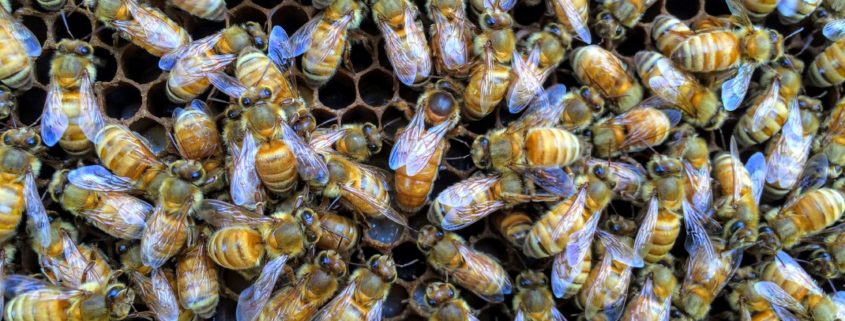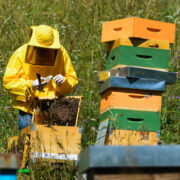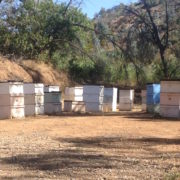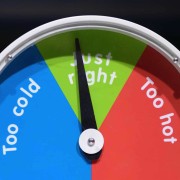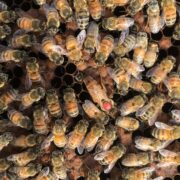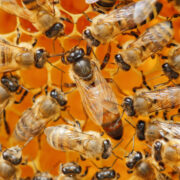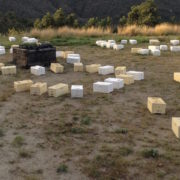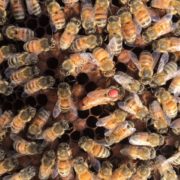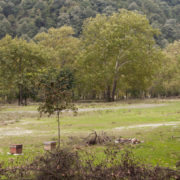The Pros And Cons Of Early Season Queen Bees
One of the constants in the world of beekeeping is that most beekeepers prefer to order and receive queen bees as early in the season as possible. Having access to early season queens means that a beekeeper can divide colonies at the front end of the season, well before the spring honey flow begins in earnest, and well before the risk of swarming gets out of hand. It also means that winter losses can be recovered quickly; with these new colonies getting an early start to the season with young, vigorous queens. These young colonies typically have an excellent chance to build up rapidly in advance of the main honey flows. Young queens are also less likely to swarm, which is another benefit of having an early-season queen prior to the swarming season.
All things being equal, a young queen is better than an old queen, so having young queens in hand as the beekeeping season begins is often an ideal way to get the season off to a good start.
However, with Mother Nature, not all things are equal.
In our current era of adverse climate conditions and high colony losses, counting on early season queens is not always a successful strategy. First and foremost, because of the relentless trend towards higher annual bee losses, the demand for queen bees in general – and early season queens in particular – far outpaces the supply. In short, it can be difficult to obtain early season queens, at any price. Nearly all beekeepers, from the small backyard hobbyist, to the small-scale part-timer, to full commercial operations, and the queen breeders themselves, face high losses that need to be replaced each and every year. These losses come from various sources, such as pesticides, varroa mites, viruses, nutrition, extreme weather, and increasingly, fire. Each loss that needs to be replaced requires a new queen bee. And, unfortunately, most queen breeders cannot produce enough queen bees during the earliest portion of the season to meet this tremendous demand. Therefore, availability is usually extremely limited, or even non-existent, during the earliest portion of the season.
The availability, and quality, of early season queens is also more greatly affected by weather conditions, unlike queens that are produced later in the year. Here in Southern California, while our spring and early summer weather is known for generally being sunny and pleasant, the weather in March and April can often be unpredictable, and sometimes downright stormy. This means that the earliest queens may not always experience the most ideal mating conditions. Even though early season drones are usually more than plentiful, due to weather, these drones may not be able to fly (or to fly in sufficient numbers) to ensure successful queen mating. This means that sometimes, in spite of a queen breeder’s best intentions, an early season queen may not have mated as well as a later season queen, who will have experienced ideal weather for her mating flights.
Given these limitations, in recent years, many beekeepers have switched to a strategy of securing queens later in the season, when a large number of high-quality queens are readily available. Instead of utilizing the early spring for dividing colonies, these beekeepers instead divide colonies later in the season, utilizing the last part of the summer honey flow to divide colonies and make up any losses.
There are several advantages to this strategy. First, high-quality well-mated queens are usually readily available later in the season, and it is much easier to reliably obtain them. Second, by not dividing colonies before the first honey flow, a beekeeper can head into the earliest portion of the honey making season with incredibly strong and powerful bee colonies. A strong colony will nearly always produce more honey than an average colony.
And, finally, when colonies are divided later in the season, these newly created colonies head into the critical autumn season with relatively young and vigorous queens. These young queens are often very enthusiastic about laying eggs upon their arrival, often resulting in a robust autumn build-up. This typically ensures that the late summer divides have a near ideal bee population heading into winter, bettering their chances for winter survival.

